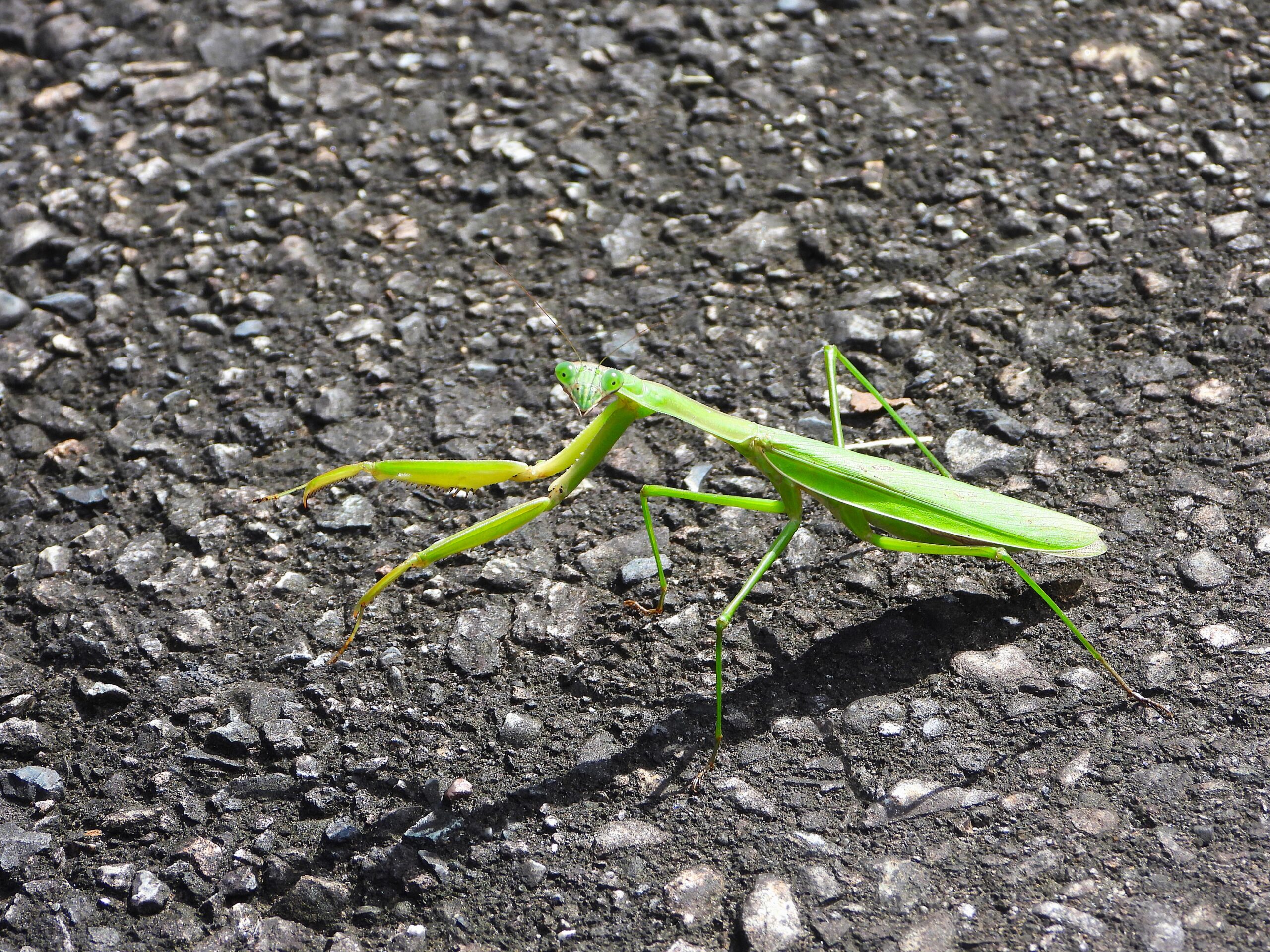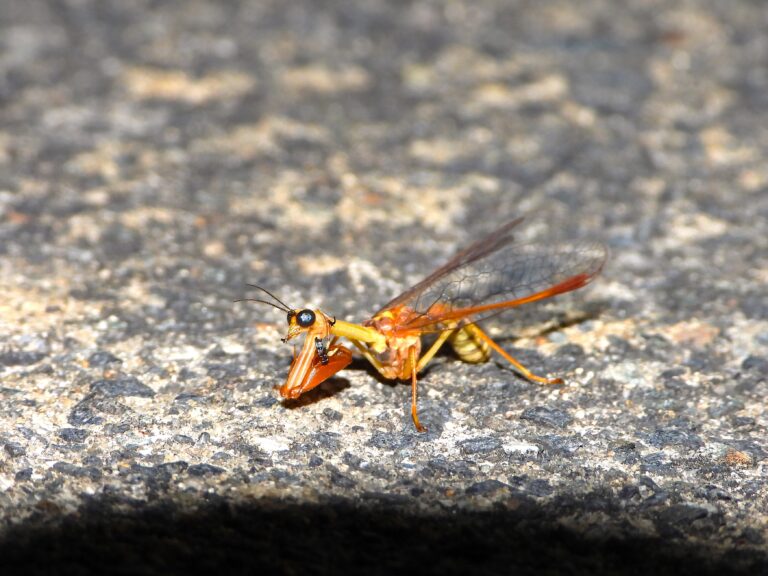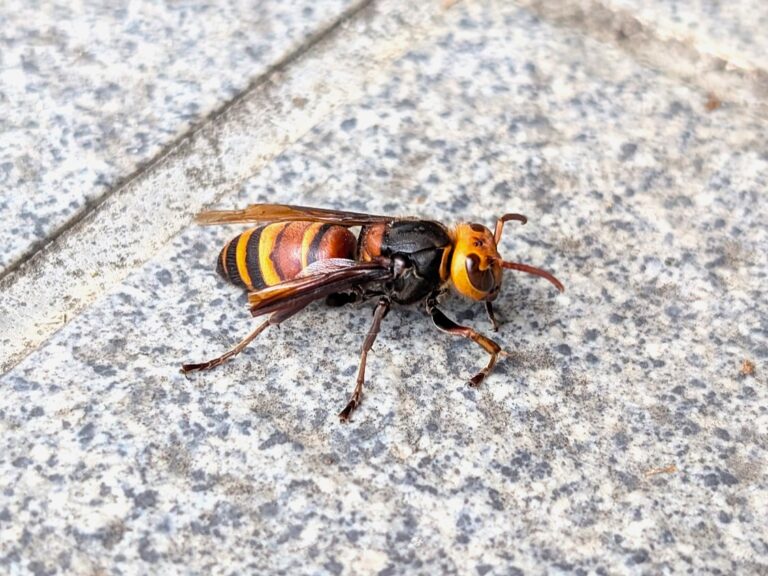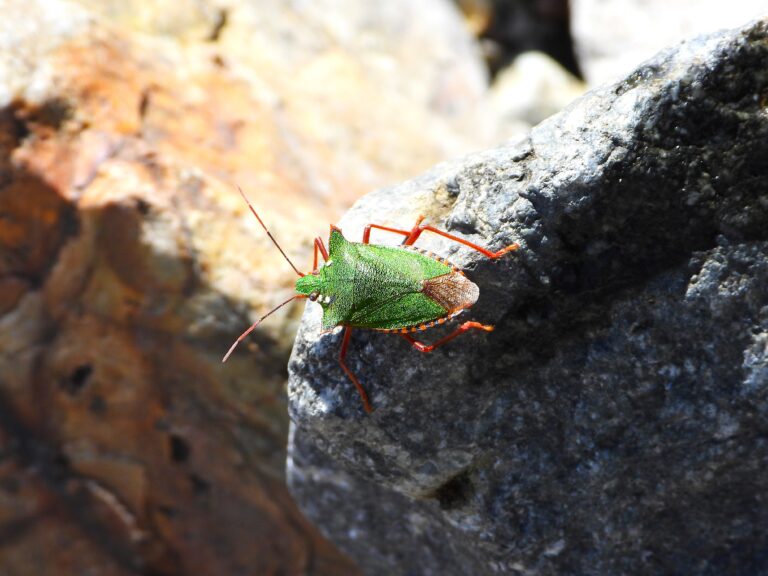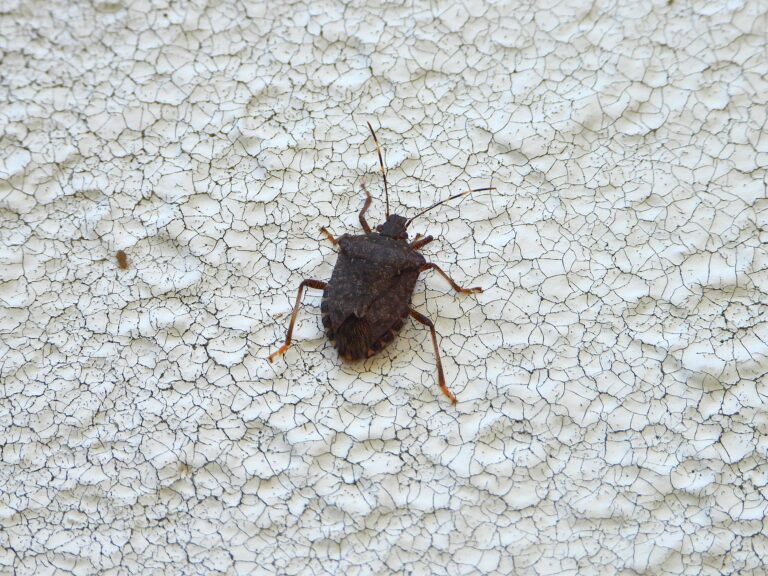Chinese Mantis (Tenodera sinensis) – Wildlife of Japan
Introduction
The Chinese mantis (Tenodera sinensis) is Japan’s largest and most familiar praying mantis. It is widely distributed from Honshu to Kyushu and can be seen in farmlands, grasslands, and even urban parks. Formerly treated as Tenodera aridifolia sinensis, it is now generally recognized as a distinct species, T. sinensis.
Appearance
Color varies greatly from bright green to straw-brown depending on the habitat.
Adult males measure about 68–90 mm, females 75–105 mm, with females broader and heavier-bodied than males.
Habitat & Distribution
This species is common across Honshu, Shikoku, and Kyushu, with localized records in Hokkaidō.
It prefers sunny open habitats—grasslands, riverbanks, paddy edges, roadsides, and gardens.
Outside Japan, it occurs widely in China, Korea, and parts of Southeast Asia.
Behavior
A sit-and-wait predator that rotates its triangular head to track movement.
Adults perch from knee to chest height in vegetation and ambush passing insects.
Mating occurs in late summer to autumn, and females occasionally cannibalize males afterward.
Diet
Entirely carnivorous, feeding mainly on grasshoppers, butterflies, beetles, and wasps.
It consumes prey head-first, using its spined forelegs to secure them.
Large females have even been observed catching frogs, lizards, or small birds, though such behavior is rare.
Life Cycle
Adults are most active from August to November.
After mating, females produce frothy oothecae (egg cases) attached to stems, twigs, or fence rails.
Each ootheca contains 100–300 eggs, which overwinter and hatch in April–May.
Nymphs molt several times before maturing in mid-summer.
Similar Species
- Narrow-winged Mantis (Tenodera angustipennis)
– Fore-coxa spot orange (vs. pale yellow in T. sinensis).
– Hindwings translucent brown, not dark purple.
– Slightly slimmer build and longer thorax. - Asian Giant Mantis (Hierodula patellifera)
– Broader body, tree-dwelling habits, lacks yellow fore-coxa spot.
– The introduced Red-shouldered Mantis (H. chinensis) is now spreading in Honshu and may be confused with it.
Folklore & Conservation Notes
The species is common and stable throughout Japan with no special protection status.
A popular folk belief says that the height of the egg case predicts winter snowfall, but studies show no scientific basis—many oothecae survive even under snow.
Egg cases are sometimes parasitized by wasps or beetles, and nymphs fall prey to birds and spiders.
Author’s Impression
Among Japan’s insects, the Chinese mantis stands out as both fierce and graceful.
Watching one twist its head to track every movement in the grass is a true symbol of late summer in rural Japan.
Occasionally even catching small birds, it is a supreme insect that defies the very rules of the food chain.

